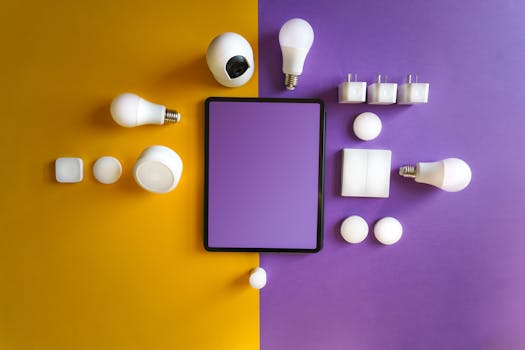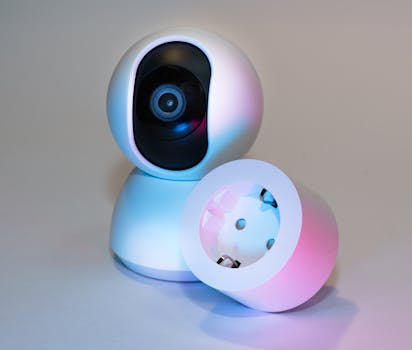Home Automation in 2025: The Smart Home Ecosystem
Introduction to Home Automation

Home Automation in 2025: The Smart Home Ecosystem is revolutionizing the way we live and interact with our homes. With the integration of technology and artificial intelligence, homes are becoming smarter, more efficient, and more comfortable. In this article, we will explore the latest trends and advancements in home automation, and how it is creating a smart home ecosystem that is changing the way we live.
The Evolution of Home Automation

Home automation has come a long way since its inception. From simple lighting control systems to complex integrated systems, home automation has evolved to include various aspects of home control, including temperature, security, and entertainment. With the advent of the Internet of Things (IoT), home automation has become more sophisticated, enabling seamless communication between devices and systems.
Key Components of a Smart Home Ecosystem

A smart home ecosystem consists of several key components, including:
- Hub or central controller: This is the brain of the smart home system, responsible for integrating and controlling various devices and systems.
- Sensors and detectors: These devices detect and transmit data to the hub, enabling automated control and monitoring of various aspects of the home.
- Actuators and devices: These are the devices that receive commands from the hub and perform specific actions, such as turning on lights or adjusting temperature.
- Artificial intelligence and machine learning: These technologies enable the smart home system to learn and adapt to the occupants’ behavior and preferences.
Applications of Home Automation

Home automation has numerous applications, including:
- Energy management: Home automation can optimize energy consumption by controlling lighting, temperature, and appliances.
- Security and surveillance: Home automation can enhance home security by integrating cameras, sensors, and alarm systems.
- Entertainment and leisure: Home automation can control and integrate entertainment systems, such as TVs, sound systems, and gaming consoles.
- Health and wellness: Home automation can monitor and control air quality, humidity, and temperature, promoting a healthy indoor environment.
Challenges and Limitations of Home Automation

While home automation offers numerous benefits, it also poses several challenges and limitations, including:
- Interoperability: Home automation devices and systems from different manufacturers may not be compatible, limiting integration and functionality.
- Security: Home automation systems can be vulnerable to cyber threats, compromising home security and privacy.
- Cost: Home automation can be expensive, especially for complex integrated systems.
- User interface: Home automation systems can be complex and difficult to use, requiring technical expertise and programming knowledge.
Conclusion

In conclusion, home automation in 2025 is creating a smart home ecosystem that is transforming the way we live and interact with our homes. With its numerous applications and benefits, home automation is becoming an essential aspect of modern living. However, it also poses several challenges and limitations that need to be addressed. As technology continues to evolve, we can expect home automation to become more sophisticated, integrated, and user-friendly, creating a smarter, more efficient, and more comfortable living environment.






